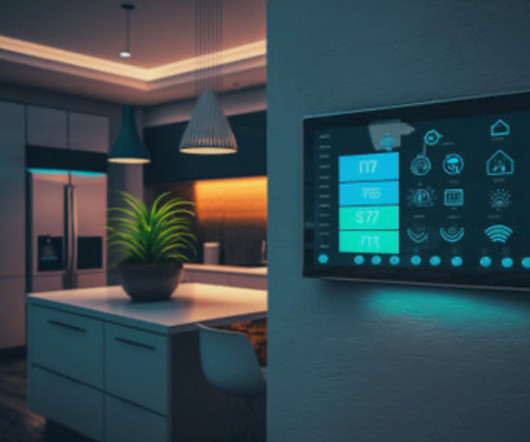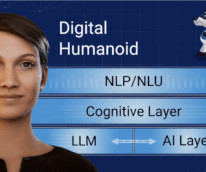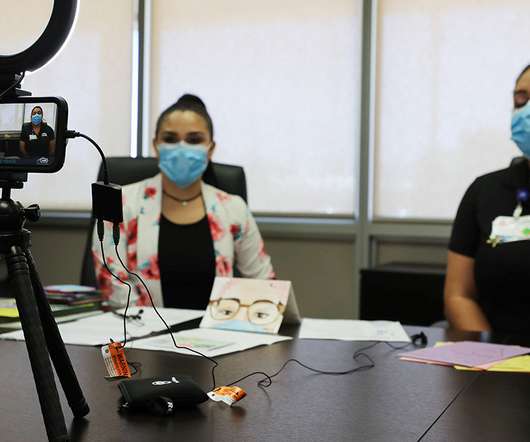HTI-1 Final Rule: Implications for Healthcare Providers – Focus on DSI and Algorithmic Transparency
Healthcare IT Today
MAY 13, 2024
The HTI-1 Final Rule particularly focuses on enhancing algorithmic transparency for predictive DSIs defined broadly, encompassing technologies from simple algorithms to advanced machine learning models. Communication and Training: Maintain regular communication and develop comprehensive training programs for medical and technical staff.

















Let's personalize your content